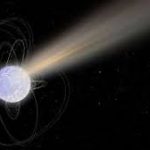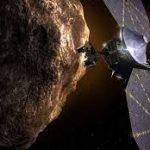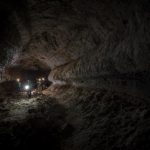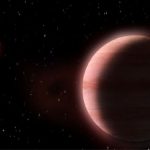Nikola Tesla Proved It Was Possible. Now Wireless Electricity Is a Reality.0
- From Around the Web, Science & Technology
- August 8, 2020
This startup says it can send electric power over long distances without copper wire.

This startup says it can send electric power over long distances without copper wire.

Most FRBs originate hundreds of millions of light-years away. This one came from inside the Milky Way.

Lucy spacecraft has passed its system integration review and can now be assembled and tested

The international journal Earth-Science Reviews published a paper offering an overview of the lava tubes (pyroducts) on Earth, eventually providing an estimate of the (greater) size of their lunar and Martian counterparts.

The ancient Greek philosopher was on to something, researchers found

Understanding whether the Red Planet’s past was warm and wet or cold and icy can offer insights about whether it was ever habitable.

Gravitational kneading from the mammoth planet is not the satellites’ only source of heat

The mysterious Neuralink chip was previously in the headlines when the founder of the company, Elon Musk, said that the chip will be able to stream music straight into the wearer’s brain–and now, the tech CEO has revealed more details about it.

Astronomers using NSF’s Very Long Baseline Array, a continentwide system of 10 radio telescope antennas located between Hawaii and Puerto Rico, have detected a giant exoplanet in orbit around the ultracool dwarf TVLM 513-46546 (TVLM 513 for short). This is the first astrometric detection of a planet at radio wavelengths. The presence of this Saturn-like planet on a close circular orbit around tiny star represents a challenge to the current planet formation theory.

Archaeologists recently discovered 8,000-year-old stone fluted points on the Arabian Peninsula, the same technology developed by Native Americans 13,000 years ago, according to a study published Wednesday in the journal PLOS One.



